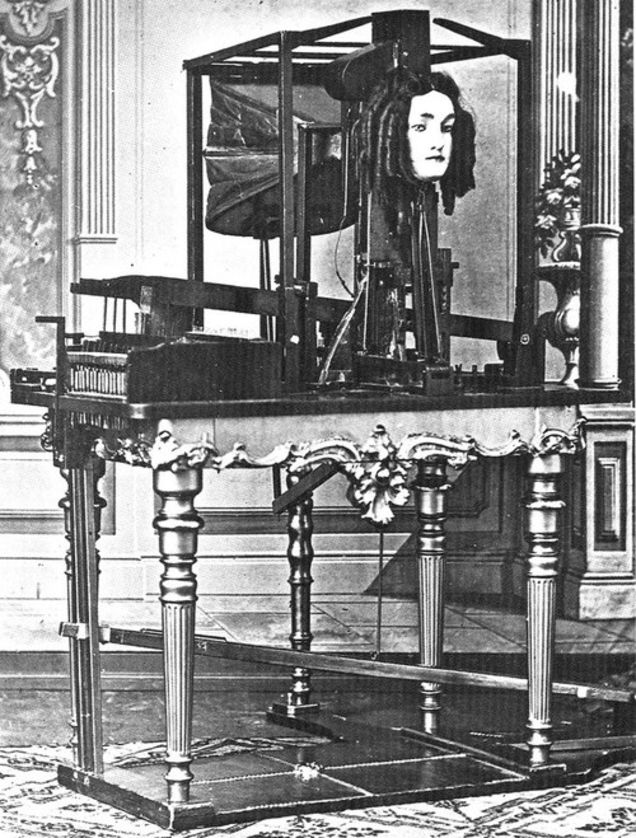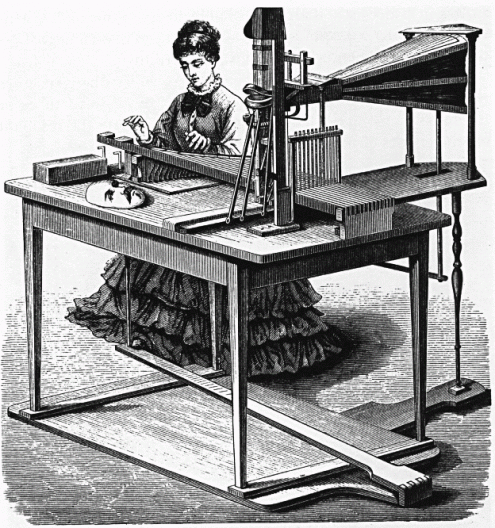The idea of speech synthesizers was first explored around 200 years ago. In 1779 Russian Professor Christian Kratzenstein invented an apparatus that artificially produced vowel sounds. Another invention followed in 1791 when Wolfgang Von Kempelen introduced his “Acoustic-Mechanical Speech Machine”. This machine produced single sounds, but also a number of sound combinations. Different machines were later on introduced, but one machine, in particular, stood out. It was dubbed the most advanced talking machine of its day. It is also believed that it may have also had an influence on the invention of the telephone, which took place in the late 1800.
Invented in 1845 by Joseph Faber, a German astronomer who lived in The United States, the machine was given the name Euphonia. It took 17 years before Faber perfected his invention. Odd-looking (almost unsettling) and bizarre, Euphonia was controlled by seventeen levers with the addition of a moving replica of a human’s face and it replicated the sounds of human speech.
Faber operated the machine with foot pedals and a keyboard which employed 16 keys that provided the elementary sounds for words. Joseph Henry, whose work on electromagnetic relay was the basis of the practical electrical telegraph, visited Faber’s workshop for a private demonstration. Henry remarked, “the plan of the machine is the same as that of the human organs of speech, the several parts being worked by strings and levers instead of tendons and muscles.”
Euphonia spoke with a “sepulchral” voice, but it could speak in several languages and even sing “God Save the Queen.”
…Faber, who had destroyed an earlier version of his talking machine out of frustration over an unappreciative public, apparently felt encouraged by the response of Henry and Patterson to his new machine. In 1846, he accompanied P. T. Barnum to London, where the “Euphonia,” as it was now called, was put on display at London’s Egyptian Hall. The exhibit drew an endorsement from the Duke of Wellington and remained a part of Barnum’s repertoire for the next several decades. The financial returns for Faber, however, were meager. He would die in the 1860s without achieving the fame or fortune he sought.
Faber would thus not live to witness the most important outcome of his invention. By a curious twist of fate, one person who happened to see the Euphonia in London in 1846 and come away deeply impressed was Melville Bell, the father of Alexander Graham Bell… — Joseph Henry and the Telephone
It is a relief that a talking human face is no longer necessary to enable computers to speak. In addition to built-in text-to-speech features on our devices, developers are coming up with talking websites and applications. This enables users to enjoy the text-to-speech function without tinkering further with their devices.
If you have a website or application and you’d like an easy way to add text-to-speech, try ResponsiveVoice!
Read More:
“The rather creepy 19th-century machine that spoke with a human voice” by Lauren Davis




